Automakers Are Drastically Underreporting Average Emissions: Report

Dieselgate slashed a gaping hole in the assumption that automakers were genuinely invested in building more efficient cars, but it’s hardly the only flimflammery going on behind the scenes. A recent report from Transport and Environment, a European NGO pushing for cleaner transport, found that many automakers are underreporting global emissions by as much as 115 percent.
The good news, at least for Volkswagen, is that we’re not talking about Volkswagen. This time, it’s Hyundai and Kia in the spotlight for underreporting emissions by up to 115 percent. BMW wasn’t much better, as the organization found its reporting fell short by about 80 percent.
Europe’s emissions standards are set to tighten next year and will require financial institutions to report the level of their scope 3 emissions. Scope 3 are indirect emissions that take both upstream and downstream emissions into account. Upstream includes the supply chain, which for automobiles can be pretty dirty. Downstream is a big deal here because it includes emissions emitted after vehicles are sold.
Transport and Environment places some of the underreporting blame on automakers' methods to certify emissions. They focus on the average size of vehicles, lifespan, and where they’re driven, and the organization notes that many companies use selective data to drive down their average emissions. Toyota, as it found, bases its emissions estimates on a lifetime mileage of 100,000 km (62,137 miles), and we all know a Corolla owner with at least four times that many miles on their car.
Since this study took place in Europe, the impact on you may seem minimal and far away, but emissions anywhere affect people everywhere. Moreover, this report shows that many methods we rely on to identify efficient, green vehicles are wrong. Transport and Environment notes that investing one million euros into an oil and gas company finances around 5,500 tons of carbon. An identical investment in the auto industry yields not much less, at 4,500 tons.
However, some automakers go well beyond that, and the most discouraging part is that they’re using what we know are already underreported numbers. Investing a million in the Nissan-Mitsubishi-Renault alliance finances more than 11,000 tons of carbon emissions, and Honda’s not much better at almost 8,000 tons.
[Image credit: Shutterstock.com/All About Space]
Become a TTAC insider. Get the latest news, features, TTAC takes, and everything else that gets to the truth about cars first by subscribing to our newsletter.

Chris grew up in, under, and around cars, but took the long way around to becoming an automotive writer. After a career in technology consulting and a trip through business school, Chris began writing about the automotive industry as a way to reconnect with his passion and get behind the wheel of a new car every week. He focuses on taking complex industry stories and making them digestible by any reader. Just don’t expect him to stay away from high-mileage Porsches.
More by Chris Teague
Latest Car Reviews
Read moreLatest Product Reviews
Read moreRecent Comments
- MaintenanceCosts 308/311 is just the rating of the gas engine by itself. The full powertrain power rating, taking into account both power sources is 483/479. The car will do 0-60 in under five seconds. Frankly, I find the idea of that being "underpowered" bizarre.Also, "understated" has never been less fashionable within my lifetime. We are in a moment where everyone wants to make a Bold Statement with everything they do.
- 28-Cars-Later @PoskySo here's some interesting data, Manheim's Used Car index is still 28% higher than shortly before the Plandemic (155 on chart) after declining from a height of 39% (roughly 215) in January 2022, yet interest rates are now more than double on average. Maybe the White House should focus on some deflationomics instead of mucking up everything?
- Dale Had one. The only car I ever bought because of a review in a guitar magazine.Sure was roomy inside for such a small car. Super practical. Not much fun to drive even with a manual.Sent it to college with my stepson where it got sideswiped. Later he traded it in on an F-150.
- Bd2 Hyundai's designs are indeed among the most innovative and their battery technologies should allow class leading fuel consumption. Smartstream hybrids are extremely reliable.
- 28-Cars-Later So now H/K motors will last longer in between scheduled replacements. Wow, actual progress.

















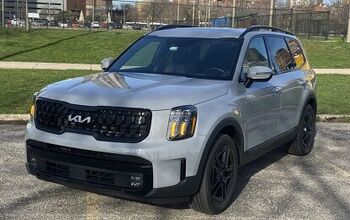



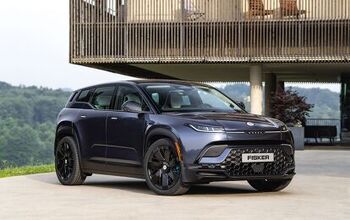

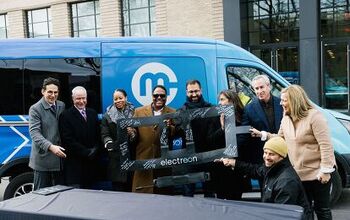

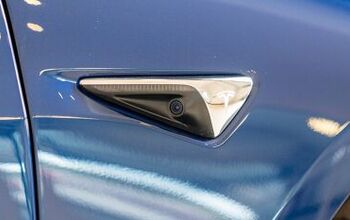
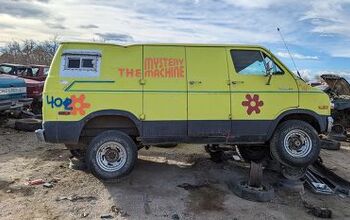

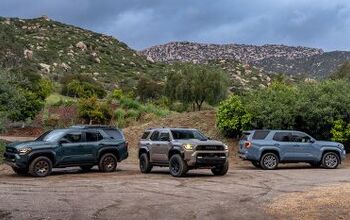
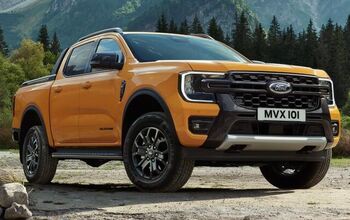

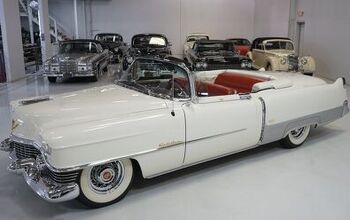

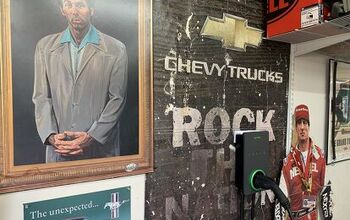
Comments
Join the conversation
Those direct injected Hyundais and KIAs are dirty little engines!
I am still trying to figure out how they make those 600 hp engines pass emissions testing without cheating...